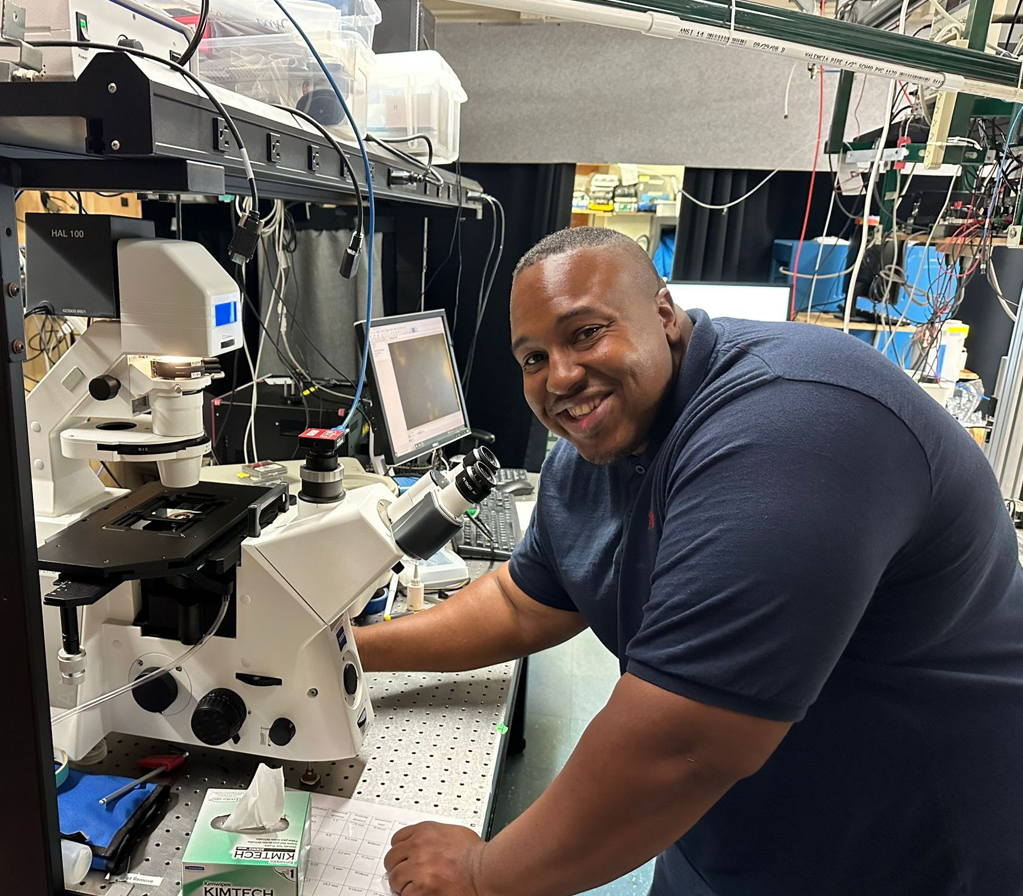
Förster resonance energy transfer (FRET) or fluorescence resonance energy transfer (FRET) is a phenomenon where energy transfers between chromophores through dipole-dipole coupling. With inspiration from the iridescence of the market squid (doryteuthis opalescens), a unique process for new materials is under development to bridge the gap between abiotic and biotic materials. Utilizing the reflectin protein, a hybrid material will be developed that incorporates FRET-active fluorophores. Electroreduction of reflectin causes generation of β-sheets, which then expose hydrophobic regions on the protein to form FRET pairs. Light passes through organized layers of membrane cells, lamellae, where the squid is able to effectively combine reflcetin protein, an electrical charge, and stacks of cells with varying widths to tune the color and brightness of their skin. alter wavelengths of light iridescent -filtering cells of the squid, where the reflected light constructively interferes with itself, allowing tunability of colors produced. Understanding the aggregation characteristics of the reflectin protein is pivotal to FRET pairing and stimulated emission. This project studies the various conditions though which aggregation occurs and how to mechanistically control it, including varying pH, salt concentration, and fluorophore concentration. Ultimately, a combination of tunable geometric structures and charge-mediated assembly mechanisms will allow the manipulation of light and surface engineering for improve imaging, sensing, and photonics.